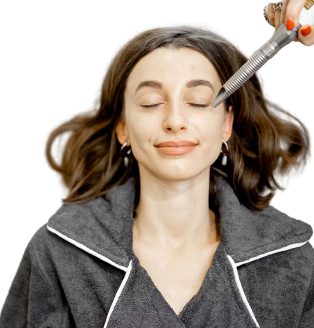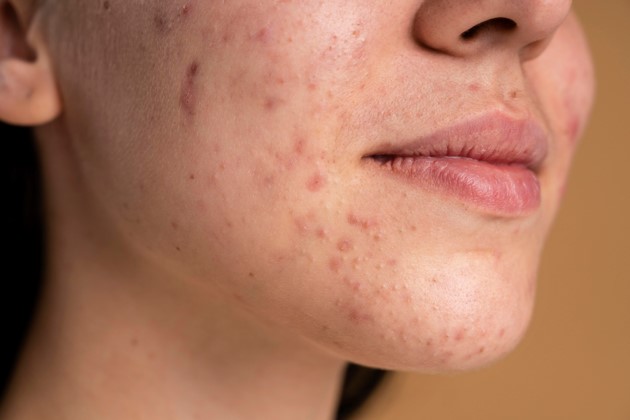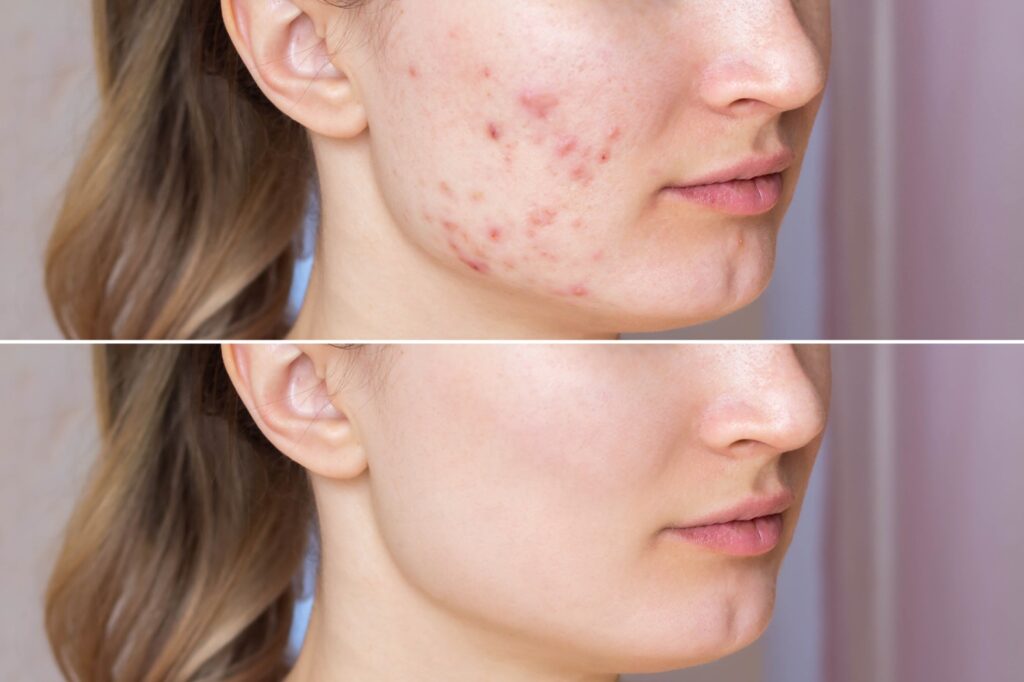- Home
- Conditions
- Treatment
Skin Treatment
MenuLaser Treatment
MenuHair Treatment
Menu
- About Us
- Contact Us
- Feedback Form

Service Details
We’ll help you banish those pesky pimples for good


People with darker skin types are more likely than people with lighter skin to experience these acne complications:
Depending on the severity of your condition:
Treatments include lifestyle changes.
There are various procedures available to improve the appearance of acne scars are:
Copyright © 2022